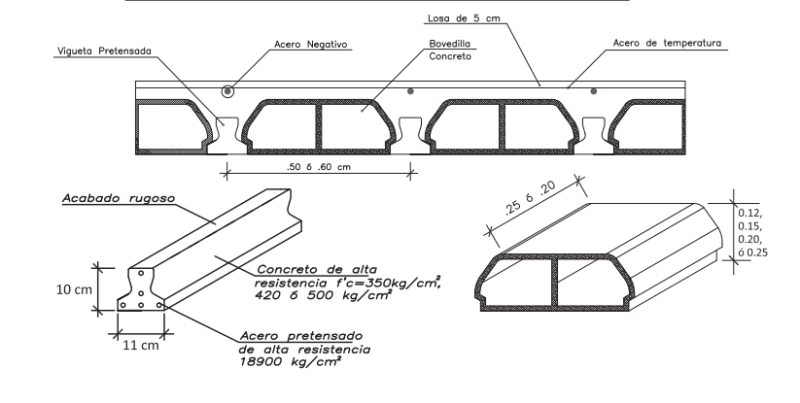Gabriel Moyano
Structural
Im having a discussion with some other engineers about the long term deflections on a prestressed block and beam slab. (See image attached)

They prestress the joists (4") , put on the blocks and then pour the concrete (4"-8").
I think the prestress force creates an upward moment that cancels the long term deflections on dead loads, just as in normal posttensioned elements. My peers say that because the joist was prestressed before the concrete was poured, the prestress only avoids the cracking on the bottom on the slab so long term deflections are the same as in reinforced concrete, but calculated using the gross inertia.
Any help would be appreciated

They prestress the joists (4") , put on the blocks and then pour the concrete (4"-8").
I think the prestress force creates an upward moment that cancels the long term deflections on dead loads, just as in normal posttensioned elements. My peers say that because the joist was prestressed before the concrete was poured, the prestress only avoids the cracking on the bottom on the slab so long term deflections are the same as in reinforced concrete, but calculated using the gross inertia.
Any help would be appreciated
